
Anteater
Anteater
Anteater
When it comes to anteaters, we have an image of them using their long tongues skillfully to eat ants. Don’t you feel curious about whether they can get full with such small food as ants? Especially since giant anteaters are large, I don’t think a small amount would be enough. Let’s imagine how many ants they eat in a day. Actually, giant anteaters eat about 30,000 termites a day! Anteaters are not very well-known animals, so many people may not know much about their ecology. Let’s explore more about anteaters together!
Anteater Basic Infomation
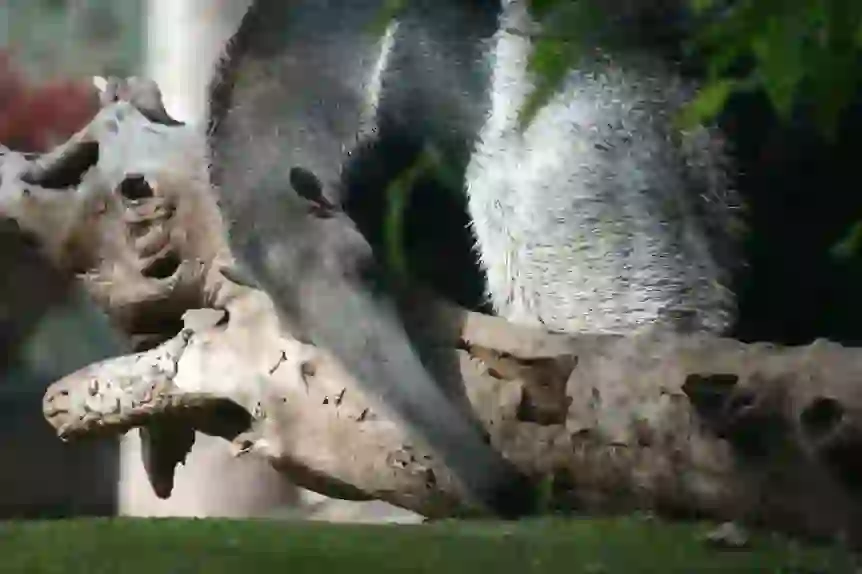
Mammalia-Pilosa-Vermilingua-Myrmecophagidae. Large species giant anteater length:about 1.0-1.2m weight:about 20-40kg tail:about 70-90m. Small species silky anteater length:about 0.2m weight:about 0.5kg tail:about 0.2-0.3m. Anteaters are distributed from Central America to South America. They inhabit forests, grasslands, and rainforests. Except for mothers raising their young, they are solitary animals. There are four species of anteaters in the world. ・Giant anteater. ・Northern tamandua. ・Southern tamandua. ・Silky anteater. The living environment of these anteaters is divided into two types: terrestrial and arboreal. 1)Terrestrial anteaters. Terrestrial anteaters are species that live on the ground. This applies only to one species of giant anteater. Because of their large size, they cannot climb trees like other anteaters. They have long hair that is dark brown.
2)Arboreal anteaters. Arboreal anteaters are species that live in trees. This applies to three species of anteaters: the northern tamandua, southern tamandua, and silky anteater. They are small and live in trees. They sometimes come down to the ground to look for food, but their movements are awkward. Their hair is short and has a bright impression because it is not only black but also has colors such as white and yellow.
Anteaters have significant differences in living environment, body size, and color depending on the species. Rather than thinking of anteaters as a whole, you can notice differences by exploring each species deeply. During the breeding season, only males and females of anteaters gather and act together. Anteaters are polygamous, so they mate with multiple females. Therefore, they spend only a short time together until mating with one female is complete. Males do not participate in child-rearing, so only mothers take care of their children from pregnancy to independence. In the case of giant anteaters, they give birth about 190 days after pregnancy. Although one offspring is born at a time, it is rare for two to be born at once. The child basically clings to the mother’s back after birth. The reason is that it can hide because it has the same hair color as its mother. It is a way to protect the child from enemies.
They are breastfed for six months after birth. Around six months after birth, they begin to learn how to get food and walk from their mothers. It takes about another six months for them to learn to walk on their own.
It takes two years for anteater offspring to become independent. By the time two years have passed, they are about the same size as their mothers. However, anteater offspring are spoiled and try to ride on their mother’s back even when they grow up. The mother does not refuse, so she may be sweet to her child.
If you want to keep a rare animal as a pet, you need to follow the laws established by each country. This time, we will introduce whether you can keep an anteater at home in Japan. Actually, anteaters are animals that can be kept as pets. As pets, they are very rare, so there are limited stores that sell them. Also, the price is quite high compared to pets that are generally kept. The species of anteater that can be kept is the “collared anteater.” Let’s assume that the selling price is about 700,000 to 900,000 yen. It is not easy to afford this amount because additional costs for breeding are added to this amount. However, once you know the charm of anteaters, you will want to live with them. They become attached to their owners and are affectionate, so their appearance is cute and captivating. Anteaters are not only cute but also intelligent and have learning ability. If it is simple training, there is a possibility of learning. Let’s investigate how to breed anteaters.
It is difficult to prepare a large amount of ants like wild anteaters. Therefore, alternative food is necessary. It should be pasty because they eat it by wrapping it around their tongue. Prepare an anteater-specific mixer. Let’s mix the following foods. Instead of mixing the same ingredients every day, try different combinations. ・Carnivorous animal food. ・Dried insect feed. ・Dog food. ・Cat food. ・Fruit. ・Vegetables. ・Egg. By the way, it seems that zoos sometimes mix yogurt or mayonnaise. These two are preferred because they taste like formic acid produced by ants.
・Breeding cage. Choose one considering the size of the anteater’s body. ・Cat tower. Collared anteaters live in trees, so let’s make a place where they can climb. ・Mixer. Since you need to make the food pasty, prepare an anteater-specific mixer. ・Food and water container. Since their tongue is long, it may be better to use containers with depth such as bottles instead of flat dishes. ・Heating. They are strong against heat but weak against cold, so heating is necessary. ・Thermometer. Check to keep the temperature constant.
1)Let’s manage the temperature carefully. The temperature suitable for anteaters is about 20-25℃. Especially in winter, be careful not to let it get too cold. You need to check frequently to keep the temperature constant. 2)Be careful with the anteater’s claws. Anteater’s claws are surprisingly sharp. There is a possibility that they will scratch walls or curtains. Even when the owner touches them, they need to be careful. Also, they may scratch their claws and open doors. Since they have a high learning ability, if they remember it, they will escape. To prevent this from happening, take measures such as installing a double lock in advance. 3)Find an exotic animal specialized animal hospital. Special pets like anteaters cannot be examined at ordinary animal hospitals. Find an exotic animal specialized animal hospital and check in advance if you can have your anteater examined. Since it is an animal that is kept by few people, it is reassuring to have a place to consult when something happens.
Anteater Q&A

Unusually expensive pet.
If you want to keep a rare animal as a pet, you need to follow the laws established by each country. This time, we will introduce whether you can keep an anteater at home in Japan. Actually, anteaters are animals that can be kept as pets. As pets, they are very rare, so there are limited stores that sell them. Also, the price is quite high compared to pets that are generally kept. The species of anteater that can be kept is the “collared anteater.” Let’s assume that the selling price is about 700,000 to 900,000 yen. It is not easy to afford this amount because additional costs for breeding are added to this amount. However, once you know the charm of anteaters, you will want to live with them. They become attached to their owners and are affectionate, so their appearance is cute and captivating. Anteaters are not only cute but also intelligent and have learning ability. If it is simple training, there is a possibility of learning. Let’s investigate how to breed anteaters.
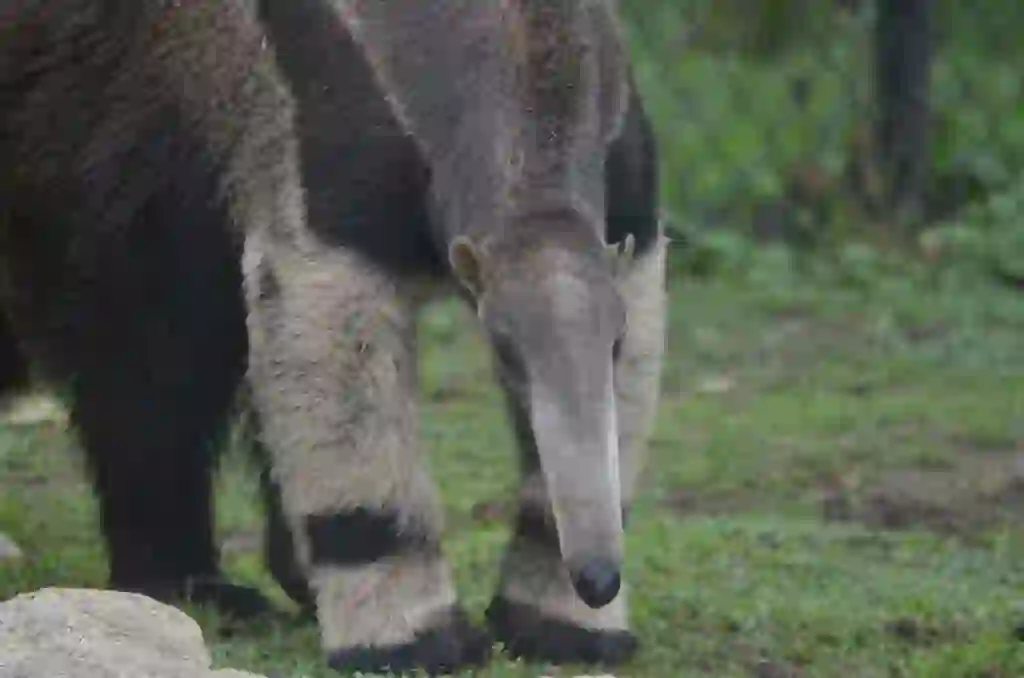
What should I feed them?
It is difficult to prepare a large amount of ants like wild anteaters. Therefore, alternative food is necessary. It should be pasty because they eat it by wrapping it around their tongue. Prepare an anteater-specific mixer. Let’s mix the following foods. Instead of mixing the same ingredients every day, try different combinations. ・Carnivorous animal food. ・Dried insect feed. ・Dog food. ・Cat food. ・Fruit. ・Vegetables. ・Egg. By the way, it seems that zoos sometimes mix yogurt or mayonnaise. These two are preferred because they taste like formic acid produced by ants.
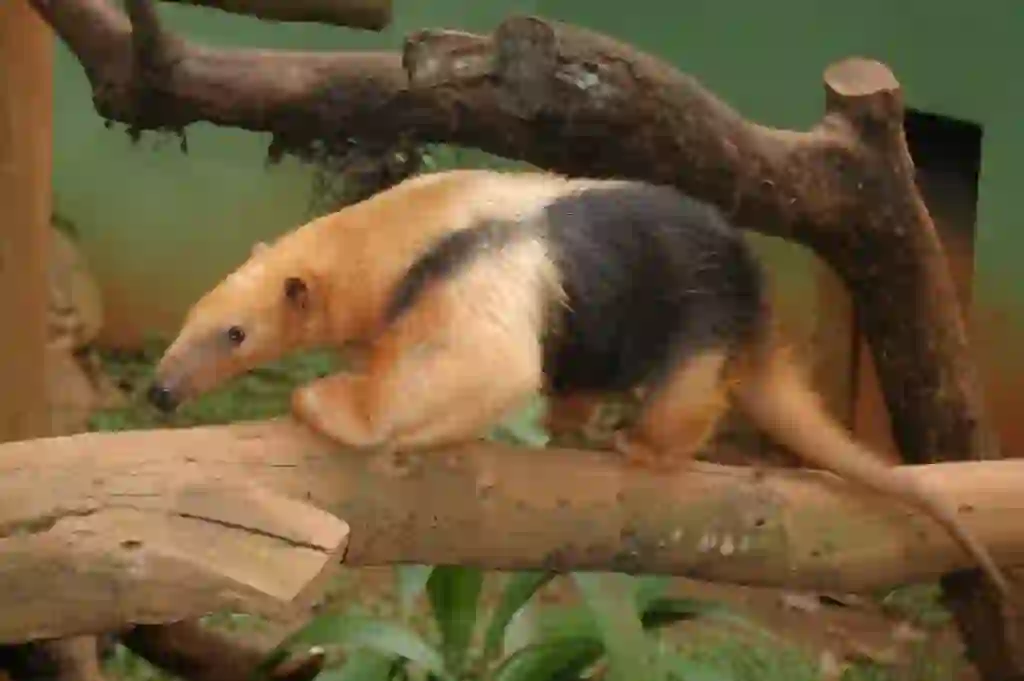
About the breeding environment.
・Breeding cage. Choose one considering the size of the anteater’s body. ・Cat tower. Collared anteaters live in trees, so let’s make a place where they can climb. ・Mixer. Since you need to make the food pasty, prepare an anteater-specific mixer. ・Food and water container. Since their tongue is long, it may be better to use containers with depth such as bottles instead of flat dishes. ・Heating. They are strong against heat but weak against cold, so heating is necessary. ・Thermometer. Check to keep the temperature constant.
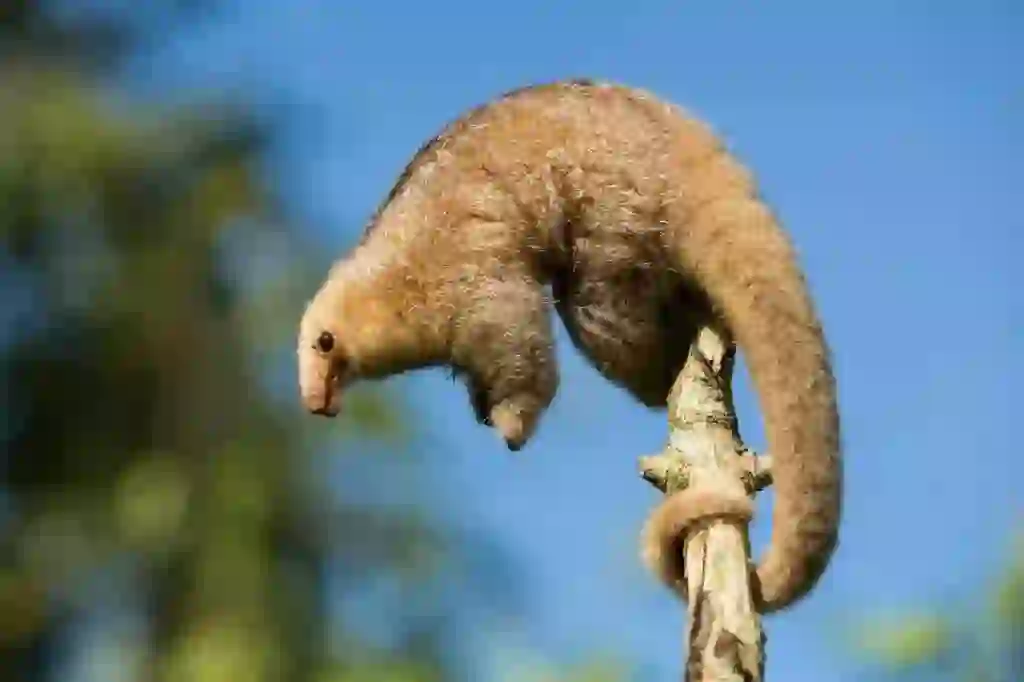
There are three things to keep in mind when breeding!
1)Let’s manage the temperature carefully. The temperature suitable for anteaters is about 20-25℃. Especially in winter, be careful not to let it get too cold. You need to check frequently to keep the temperature constant. 2)Be careful with the anteater’s claws. Anteater’s claws are surprisingly sharp. There is a possibility that they will scratch walls or curtains. Even when the owner touches them, they need to be careful. Also, they may scratch their claws and open doors. Since they have a high learning ability, if they remember it, they will escape. To prevent this from happening, take measures such as installing a double lock in advance. 3)Find an exotic animal specialized animal hospital. Special pets like anteaters cannot be examined at ordinary animal hospitals. Find an exotic animal specialized animal hospital and check in advance if you can have your anteater examined. Since it is an animal that is kept by few people, it is reassuring to have a place to consult when something happens.
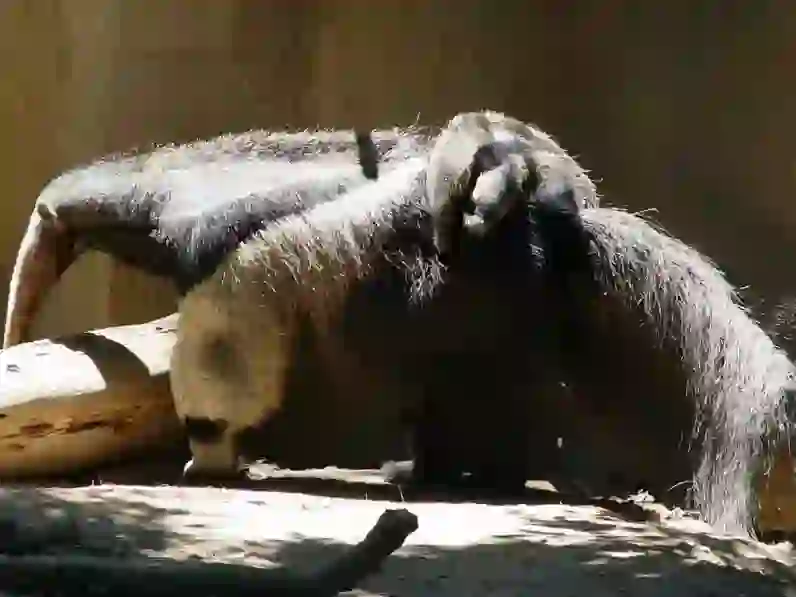
Where does the anteater name come from?
In English, it is called “anteater,” but in Japanese, it is called “arikui.” First of all, why is it called “arikui” in Japanese? Let me introduce you to the origin. The name “arikui” comes from the fact that they eat ants. It was named “ari(ant)kui(eat)” simply because of their behavior of eating ants. By the way, let me introduce you to the scientific name as well. The giant anteater is called “Myrmecophaga tridactyla.” This means that they eat ants with three fingers. The southern tamandua is called “Tamandua tetradactyla.” This means that they are four-fingered anteaters. The silky anteater is called “Cyclopes didactylus.” This means that they are two-fingered anteaters. In scientific names, the number of fingers is related to the name. However, the number of fingers for anteaters is always five. Why are different numbers used in scientific names? The reason is that some fingers were difficult to see, which made it look like there were different numbers of fingers.
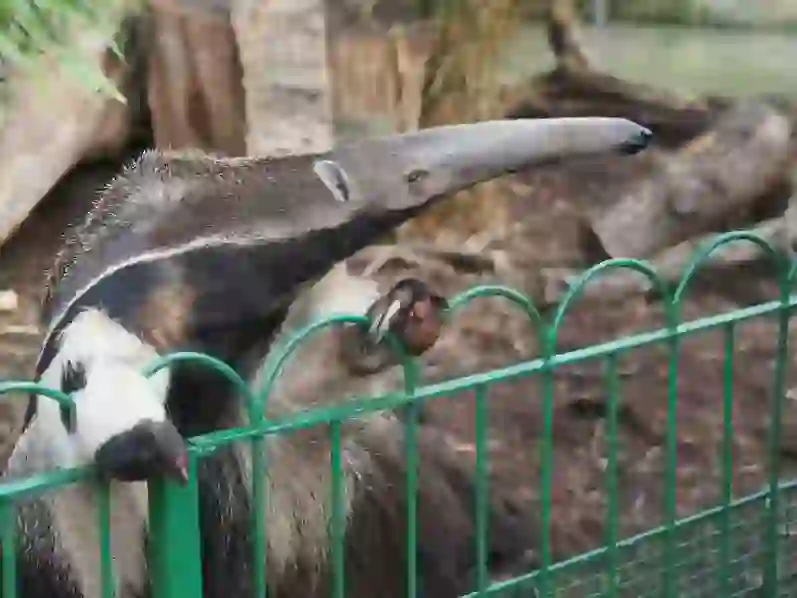
What do anteaters eat?
The wild anteater’s food is insects such as termites. They deftly entangle ants with their long, sticky tongue. Do anteaters get enough nutrition from eating only ants?
When I looked into the nutritional value of ants, I found that they are surprisingly nutritious. ・Amino acids. ・Protein. ・Vitamins. ・Minerals. ・Zinc. These are all included in ants. Although ants have small bodies, they are packed with a lot of nutrients.
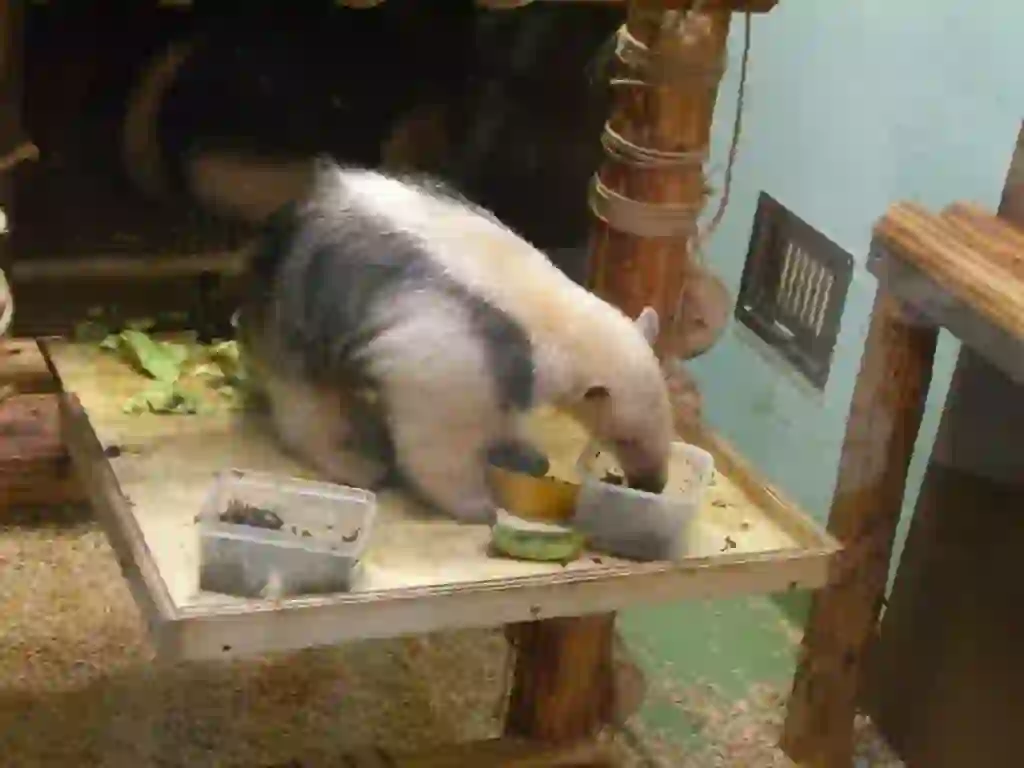
How much food do anteaters eat?
Depending on the type of anteater, the amount of ants they eat varies with their body size. ・The giant anteater eats 30,000 ants per day. ・The collared anteater eats 3,000 ants per day. ・The silky anteater eats 500 to several thousand ants per day. As you can see, they eat a considerable amount of ants. It’s a little creepy to imagine tens of thousands of ants. Anteaters don’t eat a day’s worth of termites in one termite mound. They only spend a few minutes eating at one nest and then move on to eat and travel until they’ve eaten a day’s worth of termites.
The reason why anteaters don’t eat in the same place is to avoid reducing the number of termites. If they eat all the termites in one nest, the number of termites will decrease in the future and they will have trouble finding food. To avoid this, anteaters regulate their food intake and give termites time to breed. Anteaters are careful when eating so that they can sustainably obtain their food.
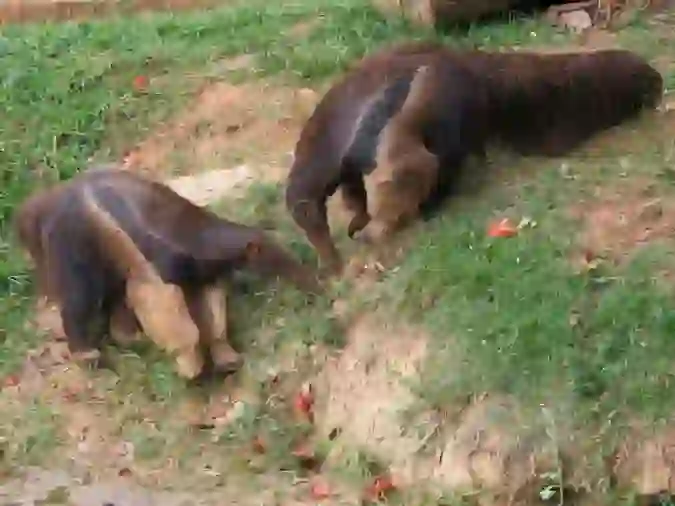
Why are anteater claws sharp?
Anteater claws are used to eat termites, their food. Termites live in nests called “termite mounds.” Termites build their nests using soil and water, and they are quite sturdy. They are so hard that even if humans try to break them with tools like hoes, they won’t easily crumble. However, anteater’s sharp claws can easily make a hole in the nest. Then they put their tongue in the hole and start eating termites. In addition, they also use their claws as a counterattack when attacked by enemies. If they hit an enemy, they can inflict a fatal wound. Not only enemy animals but also humans have been victims of anteater claws in the past. Anteaters do not attack humans with the intention of killing them. It is believed that they panicked when they heard a loud noise while humans were nearby. Anteater claws can easily injure humans, so be careful.
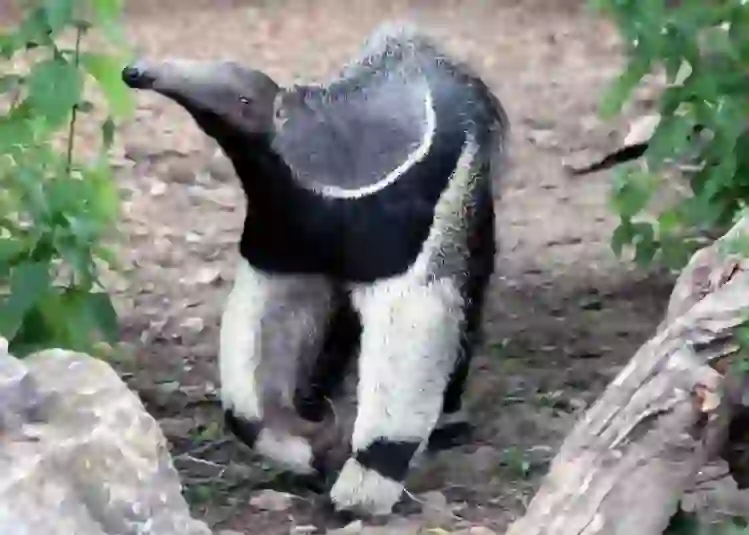
Is it true that anteaters have a better sense of smell?
Anteaters rely on their sense of smell to live because their vision and hearing are not very good. Their sense of smell is said to be 40 times better than that of humans. They can detect smells that we humans cannot. Using their sense of smell, anteaters can find ants hiding in the ground. However, while searching for ants, they become obsessed with smelling the ground. This can be dangerous because they may overlook nearby predators. Therefore, they periodically lift their noses and check for danger in the area.
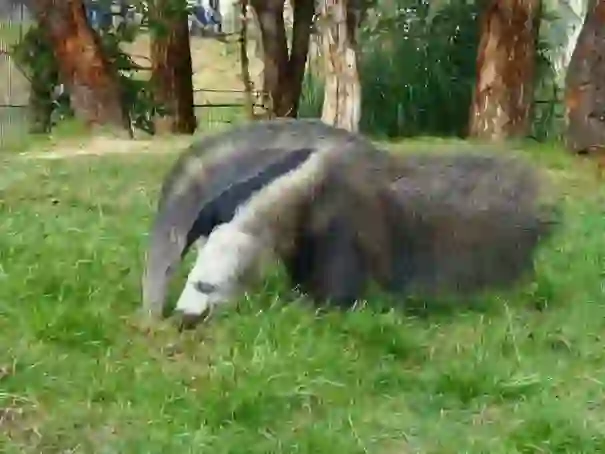
Is it true that anteaters have no teeth?
Anteaters’ teeth have degenerated and disappeared because they are not used during meals. They have never eaten anything other than small insects, so they didn’t need teeth. Animals whose teeth have degenerated like this are classified as “edentates.” Other animals in the edentate group include sloths and armadillos. They have evolved to their current state by retaining the necessary parts of their bodies for their living environment and degenerating the unnecessary parts.

How long is an anteater's tongue?
It is said that anteaters have long tongues, but how long are they really? The longest tongue belongs to the giant anteater and is about 60 cm long. They can stick their tongue out and retract it up to 150 times per minute. They have to move their tongue that fast to eat enough food to become full.
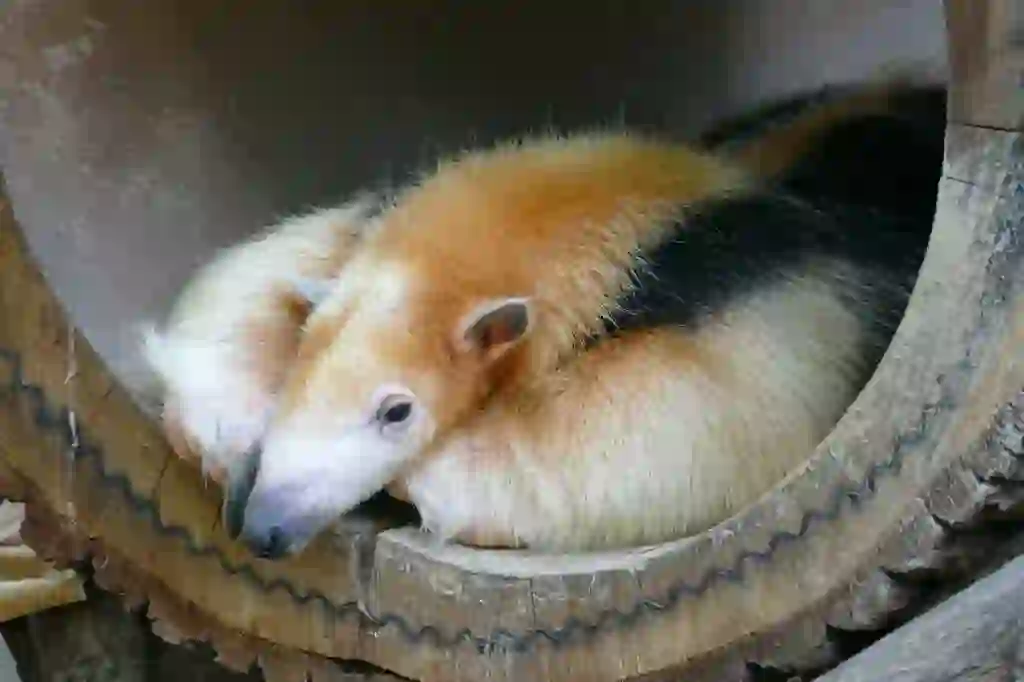
How do anteaters intimidate?
When anteaters threaten, they raise both hands. This is an action to make their body look bigger. However, the collared anteater looks so cute that it doesn’t look like it’s threatening. To humans, it looks like it’s cute and doing a raise your arms. It makes you wonder if it’s effective as a threat.
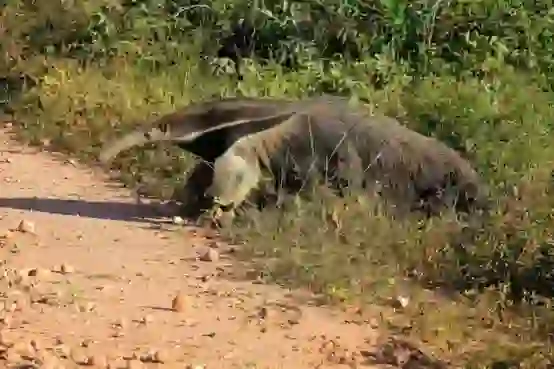
Why are anteaters endangered?
The giant anteater is listed as an endangered species on the Red List because its numbers are decreasing. Why are their numbers decreasing? The reason is that the forests where giant anteaters live are being destroyed by development. Human actions have unilaterally taken away the habitat of giant anteaters, leading to a decrease in their numbers. Many of the causes that are driving animals to the brink of extinction are due to human selfishness. Once they become extinct, they cannot be brought back to life. We must remember the importance of animal life and act accordingly, not just for human benefit.

Would you like to become a part of the 'Animalbook.jp'?
Turn your knowledge into Q&A and share it with the world. ※Publication will be activated after purchase. Let's share information together!
Anteater Type of List
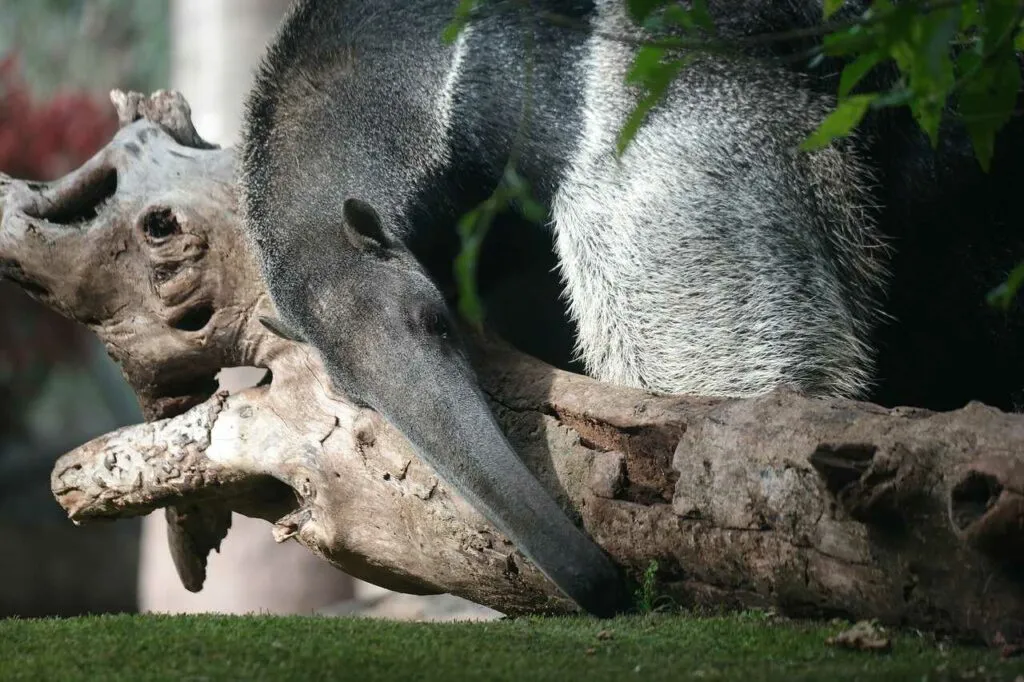
Myrmecophagidae. 【Myrmecophaga.】 ・Giant anteater. 【Tamandua.】 ・Northern tamandua. ・Southern tamandua. Cyclopedidae. 【Cyclopes.】 ・Pygmy anteater.
Information
Congratulations! You are the first commenter!

Create Your Favorite List!
Anteater
Save the animals you love! Build your own list to quickly revisit your favorites later.

Would you like to leave a comment?
※Please note: This is for the purchase of rights to post comments within the article.
Find Your Favorites!
Our shop offers a unique and attractive selection of goods themed around various animals.
Anteater References
Anteater Introduction of media used

出典:https://pixabay.com/images/id-4013837/

出典:https://pixabay.com/images/id-3988482/

出典:https://pixabay.com/images/id-1343775/

出典:https://commons.wikimedia.org/wiki/File:Silky_Anteater.jpg

出典:https://pixabay.com/images/id-3876649/

出典:https://commons.wikimedia.org/wiki/File:Minamikoarikui001.JPG

出典:https://pixabay.com/images/id-20055/

出典:https://pixabay.com/images/id-2017932/

出典:https://pixabay.com/images/id-2755293/

出典:https://unsplash.com/photos/FmukIbiGMrk

Help Enrich Our Animalbook.jp with Your Media!
We are constantly looking to expand and enrich our Animalbook.jp with amazing photos and videos of animals. If you have any media that you'd like to share, please contribute and help us showcase the beauty and diversity of the animal kingdom. Your submissions will be credited and featured in our encyclopedia, reaching a wide audience of animal lovers.


















